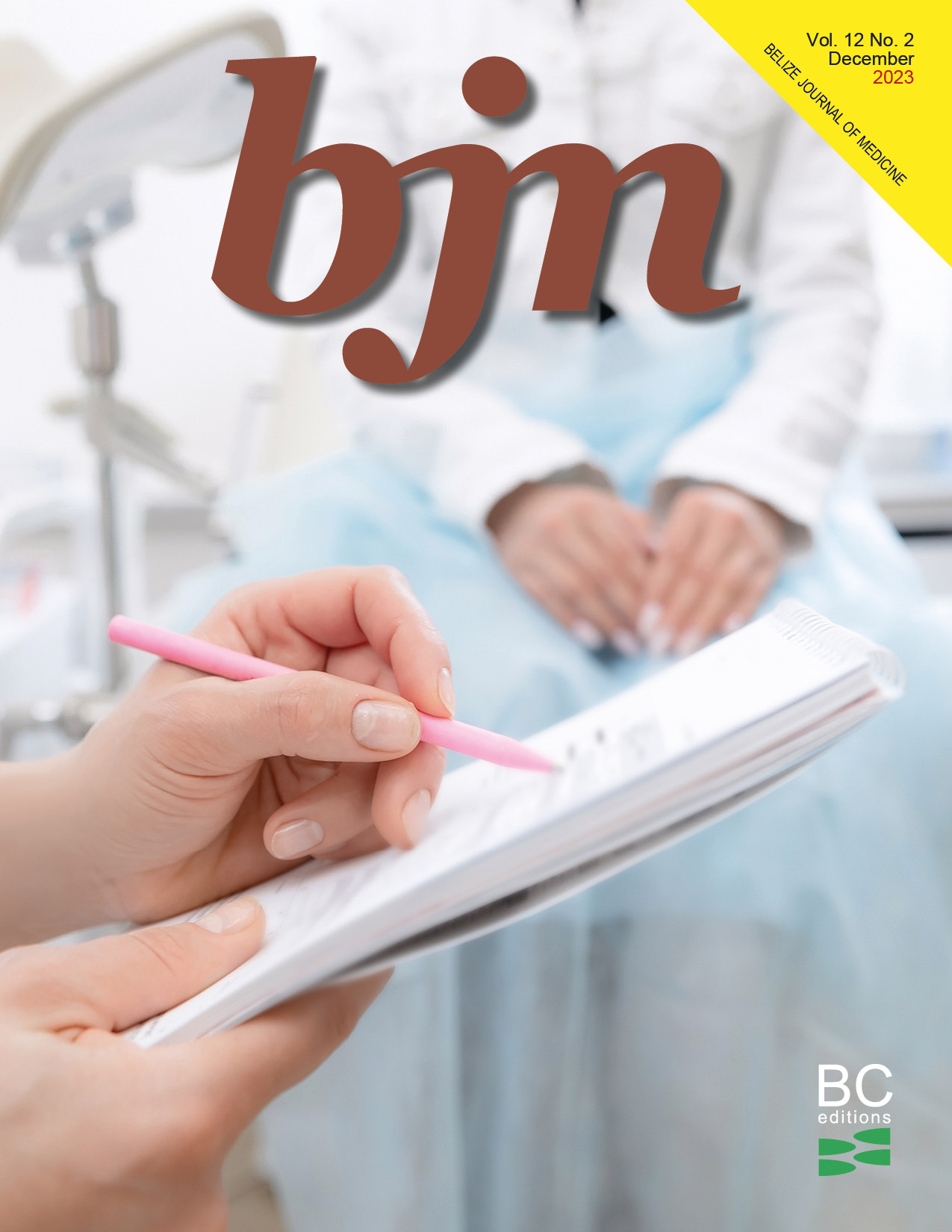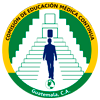Ultrasound-guided fine-needle aspiration cytology in patients with peripheral pulmonary nodule
DOI:
https://doi.org/10.61997/bjm.v12i2.367Keywords:
lung cancer, echography, fine needle aspiration cytology, FNACAbstract
Introduction: Lung cancer is the result of the malignant growth of cells of the respiratory tract and represents one of the most frequent types of cancer worldwide. Objective: To characterize the results of the implementation of ultrasound-guided fine-needle aspiration cytology for the diagnosis of peripheral pulmonary nodule in patients treated at the “Camilo Cienfuegos” Provincial General Hospital of Sancti Spíritus, Cuba, between January 2017 and October 2020. Method: Observational, descriptive, cross-sectional study of 192 patients older than 50 years with a presumptive diagnosis in imaging studies of lung cancer and a lesion greater than or equal to 3 cm, who underwent ultrasound-guided fine needle aspiration cytology. Results: The highest frequencies occurred in male patients (62.5 %), ages between 50-59 years (37 %) and non-white skin color patients (59.4 %). 68.8% of the cases studied were regular smokers and 43.2% severe smokers. Most of the nodules were located in the right lung, accounting 55.7 % of the cases, with lesions bigger than 10 cm that represented 40.1 %. Hyperechogenic ultrasound pattern predominated with 40.6 % and the cytological result was positive in 79.7 % of the samples. Conclusions: Through the use of ultrasound-guided fine-needle aspiration cytology, nodules larger than 10 cm were found, towards the upper lobes, with a predominantly hyperechogenic pattern and the cytological diagnosis was achieved in a high proportion of patients, without major complications.
Downloads
Downloads
Published
How to Cite
Issue
Section
License

This work is licensed under a Creative Commons Attribution-NonCommercial 4.0 International License.
BJM protects Copyright at all times. However, it gives up part of the rights by displaying a Creative Commons License 4.0 (cc-by-nc), which allows the use of the work to share (copy and redistribute the material in any support or format) and adapt (transform and built from the material) as long as exclusive mention of the publication in the journal as the primary source is made. Under no circumstances, the work can be commercialized.













